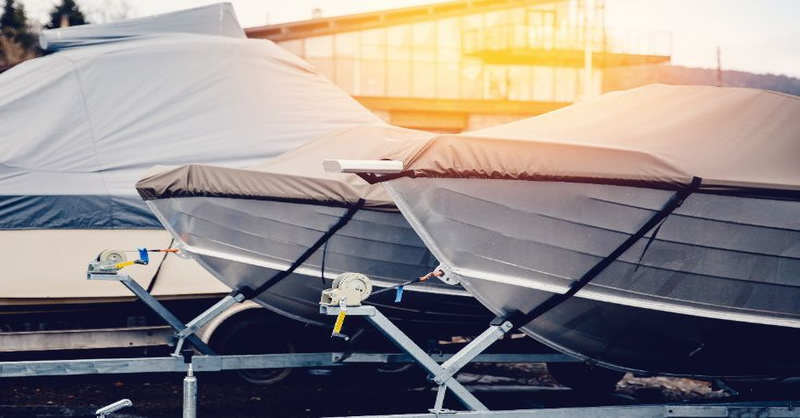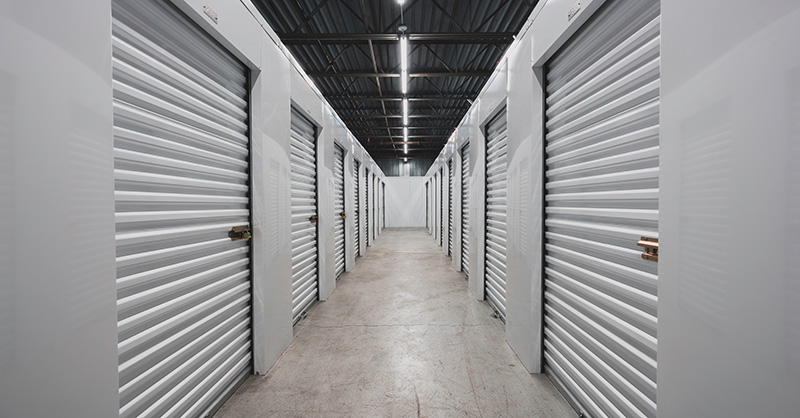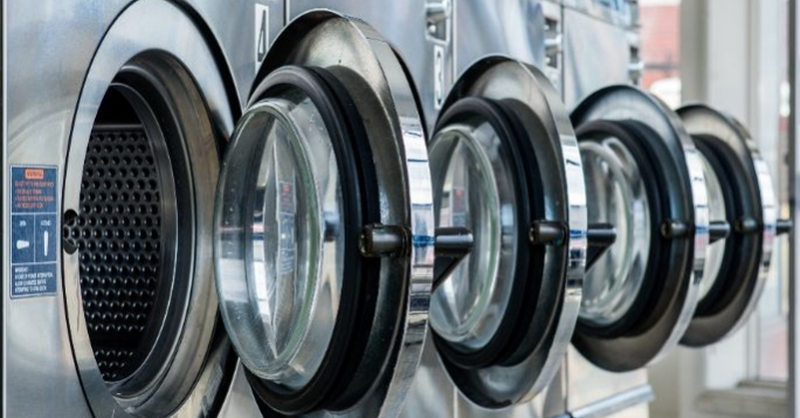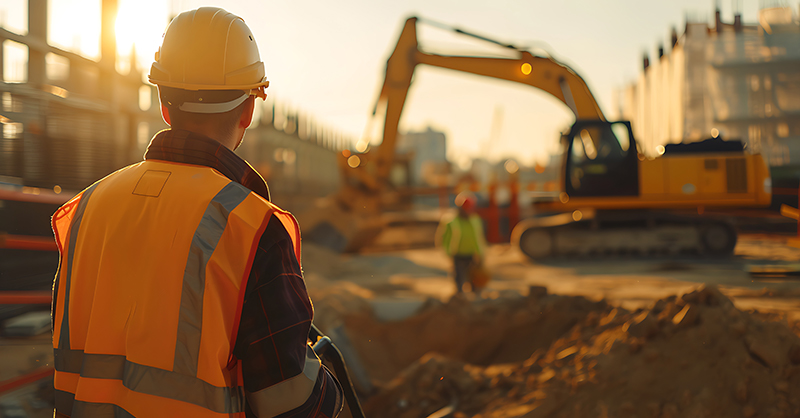Help Protect Employees Using a Body Harness and Lanyard

The Occupational Safety & Health Administration (OSHA) defines a personal fall arrest system as a system used to arrest an employee in a fall from a walking-working surface. A personal fall arrest system can consist of the following:
- Body harness
- Anchorage
- Connector
The means of connection may include a lanyard, deceleration device, lifeline or a suitable combination of these. The use of a full-body harness along with a lanyard meets the OSHA definition of a personal fall arrest system. This differs from a fall prevention system in that a personal fall arrest system permits the fall to occur, and no fall takes place when using a fall prevention system.
Guidelines for Safe Operations Based on OSHA Standard 1926.502
OSHA requires workers to be protected from falls whenever working at least six feet above a walking/working surface on construction sites. There are times on a construction site when fall prevention systems are not practical and something else may be required to maintain safe work at heights. In these situations, the use of a full-body harness and lanyard might be a viable option, but your organization should understand the limitations and safe usage procedures before use.
- Only use connectors that are drop forged, pressed or formed steel, or made of equivalent materials.
- All surfaces and edges around the fall protection system (lifelines and lanyards) must be smooth to help prevent damage to interfacing parts of the system.
- Only use dee rings and snap hooks rated with a minimum tensile strength of 5,000 pounds.
- Size snap hooks to be compatible with the member to which they are connected, and only use locking-type snap hooks.
- Never engage snap hooks:
- Directly to webbing, rope or wire rope;
- To each other;
- To a Dee ring to which another snap hook or other connector is attached;
- To a horizontal lifeline; or
- To any object that is incompatibly shaped or dimensioned in relation to the snap hook in a way that rollout could occur.
- Never attach a snap hook back to the lanyard it is connected to.
- Only use lanyards and vertical lifelines rated with a minimum breaking strength of 5,000 pounds.
- Never attach more than one employee to a separate lifeline or lanyard.
- Self-retracting lifelines and lanyards that automatically limit free fall distance to two feet or less must be capable of sustaining a minimum tensile load of 3,000 pounds applied to the device with the lifeline or lanyard in the fully extended position. Self-retracting lifelines and lanyards that do not limit free fall distance to two feet or less, rip-stitch lanyards, and tearing and deforming lanyards must be capable of sustaining a minimum tensile load of 5,000 pounds applied to the device with the lifeline or lanyard in the fully extended position.
- Ropes and straps (webbing) used in lanyards, lifelines and strength components of body harnesses must be made of synthetic fibers.
- Anchorages used for attachment of personal fall arrest equipment must be independent of any anchorage being used to support or suspend platforms and capable of supporting at least 5,000 pounds per employee attached unless it is designed as part of a complete personal fall arrest system that maintains a safety factor of two by a professional engineer.
- When stopping a fall, the harness and lanyard must do the following:
- Limit the maximum arresting force on an employee to 1,800 in a body harness.
- Be rigged so an employee can neither free fall more than six feet nor contact any lower level.
- Bring an employee to a complete stop and limit the maximum deceleration distance an employee travels to three and a half feet.
- Have sufficient strength to withstand twice the potential impact energy of an employee free falling at a distance of six feet or the free fall distance permitted by the system - whichever is less.
- The attachment point of the body harness must be located near shoulder level in the center of the wearer’s back, or above the wearer’s head.
- Never use harnesses and components to hoist materials.
- Immediately remove from service any personal fall arrest system and/or components subjected to impact loading. These items cannot be used again for employee protection until inspected and determined by a competent person to be undamaged and suitable for reuse.
- Employers are required to have a plan in place for the prompt rescue of employees in the event of a fall or must ensure that employees can rescue themselves.
- Personal fall arrest systems must be inspected before each use for wear, damage and other deterioration, and defective components must be removed from service.
- Never attach personal fall arrest systems to guardrail systems or hoists unless they are specifically designed to do so by a professional engineer.
- When a personal fall arrest system is used at hoist areas, it must be rigged to allow the movement of the employee only as far as the edge of the walking/working surface.
Inspection of Harnesses
Harnesses and lanyards should be inspected before each use. This should include both visual and touch inspections to identify damage. Harnesses and lanyards should be kept clean and in good working order, free from contact with oils and grease. Always follow the manufacturer’s instructions for use and care.
Immediately remove damaged equipment from service and ensure that it is not mistakenly used until it can be properly inspected and repaired. If the harness and lanyard are damaged beyond repair, then they should be destroyed and properly disposed of.
Click here for a sample inspection checklist from OSHA.









